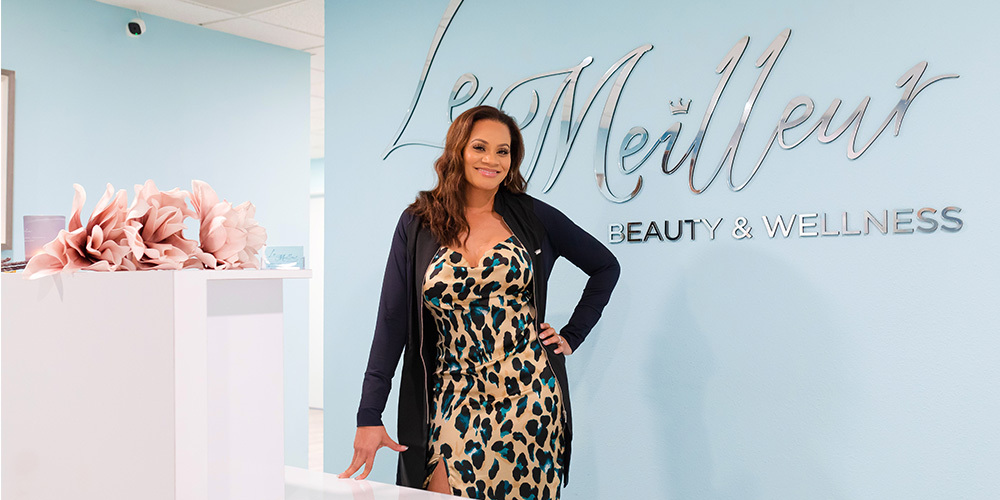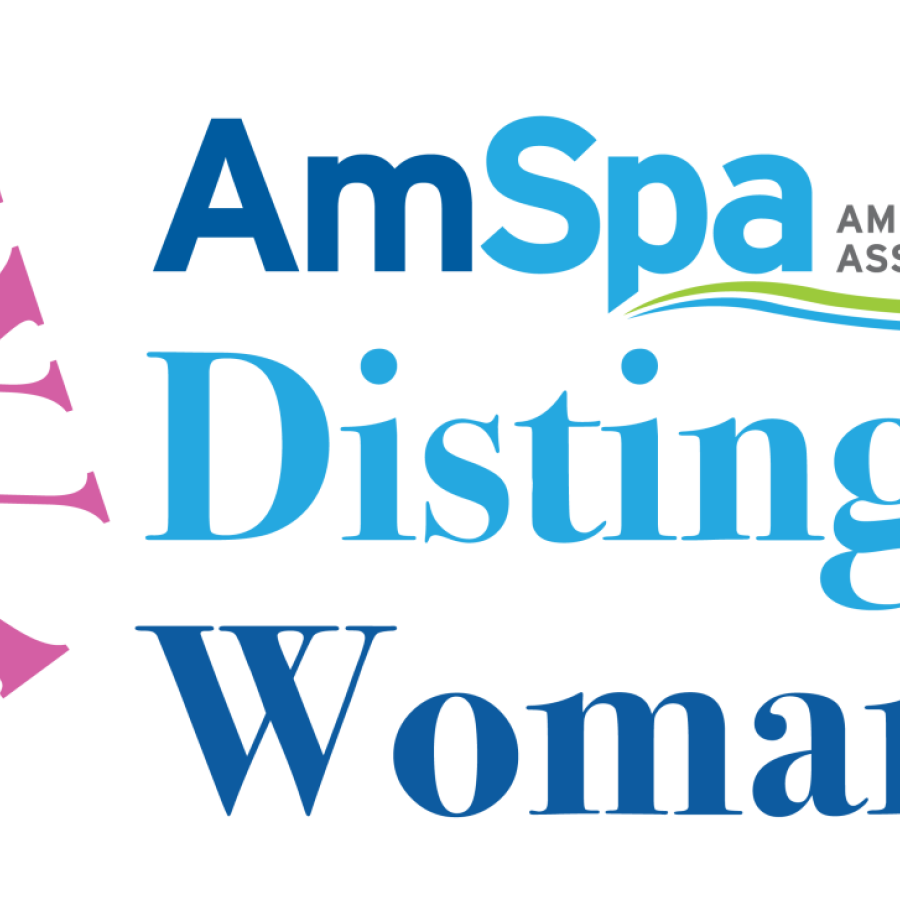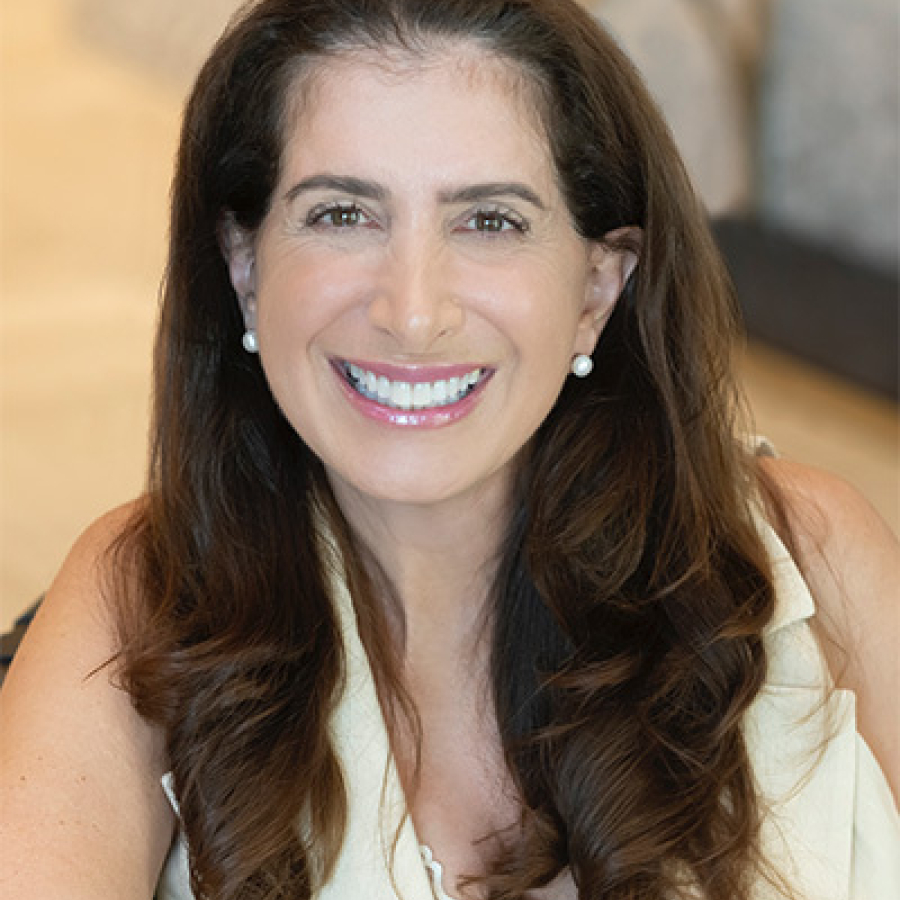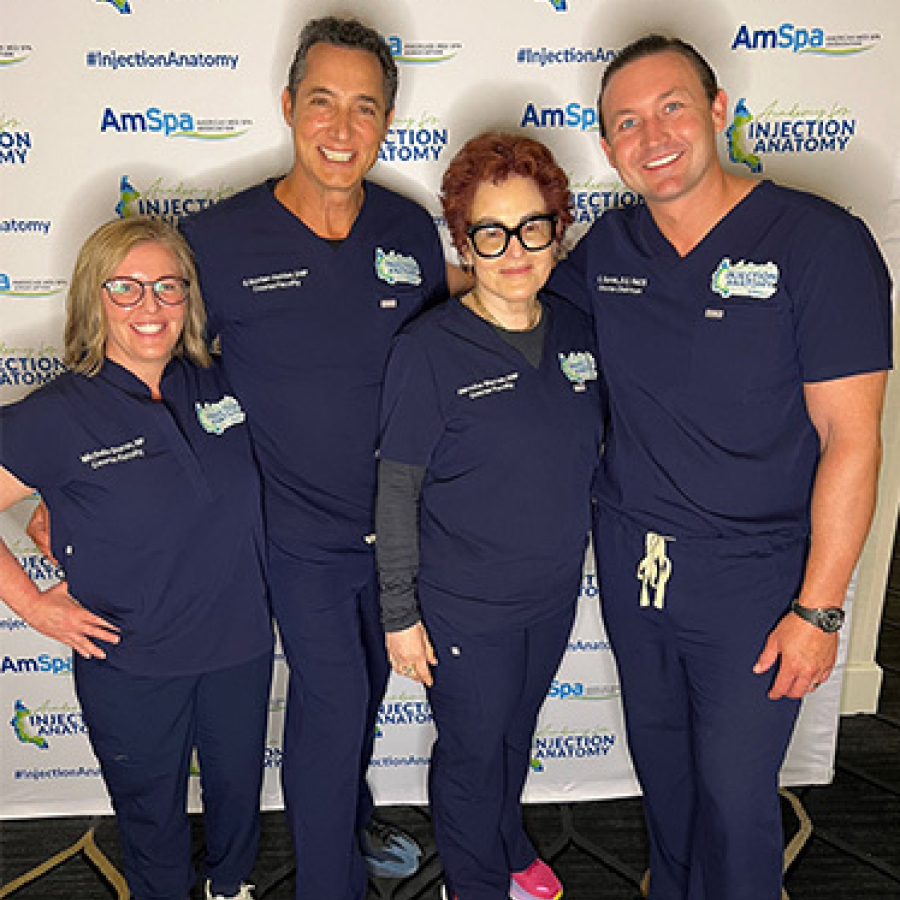
AmSpa Events
Move Beyond Excuses: People Management with Cy Wakeman
How do you get your team to come to work joyfully? Are you setting boundaries and expectations for performance in ...

Show your committment to patient safety, legal compliance and community over competition.
AmSpa members receive preferred pricing on all AmSpa live and virtual trainings.
Get the latest news and information about safe, legal practice in medical aesthetics directly in your inbox.
Get access to med spa laws, in-person and online training and more!
Posted By Madilyn Moeller, Wednesday, September 21, 2022

By Madilyn Moeller
What Medical Spas Can Learn About Training Providers, Treating Patients and Talking About Diversity
QP shares the insight of Shannon King, BSN, RN, of Le Meilleur Beauty & Wellness in Norco, California; Silvia Tuthill, DNP, ANP-C, of Tenth Avenue Aesthetics in East Northport, New York; and Thuy Doan, MD, of Bespoke Aesthetics + Concierge Medicine in Atlanta.
On her medical spa’s website, King displays photos that are reflective of diversity. For every three images, she wants only one of those images to be a white person, because that is reflective of the world she lives in.
“It’s tough finding some of the images, even just as stock photos,” she says. “When you type in, ‘glamorous women’ or ‘hair model’ or what have you, you are going to get a substantial amount of white women present versus any other ethnicity. You really have to search long and hard to find another ethnicity.”
King identifies as a middle-class Black woman and was raised middle class, but injectables were not made for her, she says—they were created for upper-class white women.
“The reality is these services, toxins and fillers and things like that, didn’t have me in mind when they were first created,” King says. “They weren’t created for me.”
Census estimates from July 2021 show that Atlanta had a population that was 49.8% Black or African-American.

“Living in Atlanta, I have a lot of African-American clients,” Dr. Doan says. “I tell them, ‘You’re right—you don’t age as fast compared to other ethnicities; however, it just means you don’t need it as much.’ For example, other people will need Botox every three to four months, so instead of coming in three to four times a year, they only see me two to three times a year.”
Many of her African-American clients first come in at age 50 or 55, instead of getting preventive treatments. At that stage, her patients need more product.
“Especially when they’re younger—in their twenties or thirties—that’s when I tell them ‘You do age slower,’” says Dr. Doan. “’It just means you come in less, but you still have to come in.’”
Tuthill explains that, minus her sisters, she can count the number of African-American patients that she has seen on one hand. She says they don’t feel like aesthetic services are for them. More education, she says, can help to bridge the knowledge deficit of what these procedures can do for them.
“Feeling and looking like a million bucks is very important to our community because, at times, you don’t have it, but if you appear like you do, you feel like you do,” says Tuthill. “So, we get our nails done and we get our hair done. We participate in all the other areas of the beauty industry, but not in this one as much because I don’t feel like it’s inclusive of us. And that’s everybody. Male, female, LGBTQIA+ community, everybody.”
Aesthetics treatments are elective, but that does not necessarily mean they are non-essential. In the LGBTQIA+ community in particular, medical aesthetics services can make a big difference.
“For that population, it is not just about wanting to look good,” says King. “It can be so important, and it could change the quality of their lives. A transgender woman who has made her transition from a man to a woman, those softer features, they can make the difference in her being harassed every day and made fun of that she’s trying to be something she’s not versus just being accepted as a woman and not having to disclose something she may not be prepared to or ready to disclose and vice versa.”
Beyond enhancement or restoration, services for LGBTQIA+ patients may include masculinization or feminization of their features. Medical aesthetic providers can help patients make and maintain their transition.

“For a male jawline, the chin is key,” says Dr. Doan. “Probably the most popular filler in the male community is the chin and jawline. Of course, it requires way more fillers, so it’s all about knowing ratio in terms of the mid- and lower face. For the female, we’re most focused in the midface region.”
Dr. Doan says the first thing providers need to understand is ratios.
“When you’re looking at their lateral cheeks and looking at the angle of the jaw, in a male, they tend to be more squared,” she says. “So, the lateral cheek kind of lines up with the jaw; for us females, it’s more of a V shape, so the ratio’s a little different. If you understand those ratios, you’ll understand how much to put in, the placement, and how much bulkier the filler placement needs to be.”
On the topic of ratios, one standard does not tend to translate well across patients of different races and ethnicities.
“That golden ratio that a lot of people want to go by, the rule of thirds, I don’t believe in it,” says King. “And if I were to believe in it, I think that there’s a golden ratio for each race versus [the European] golden ratio.”
King explains that golden ratios for different groups may not be the same because of variation in the distance between eyebrows, desired fullness of the lips and cheekbone structure, for example.
“I think if we had university-quality education to put nurse injectors through a program that would consistently educate all of us on the various Fitzpatrick scales, things that are unique to each and every ethnicity, and things that will enhance and things that will deteriorate the beauty of each ethnicity,” King suggests, it would teach aesthetic practitioners what it means to service all clients of all skin colors.
“My job is not to change your ethnicity or to change the look that you naturally have been given by God—just to enhance it and make you feel a little better about some insecurities that you might have,” says King.

AmSpa Members receive QP every quarter. Click here to learn how to become a member.
Related Tags
Medical spa news, blogs and updates sent directly to your inbox.

AmSpa Events
How do you get your team to come to work joyfully? Are you setting boundaries and expectations for performance in ...

AmSpa Events
The American Med Spa Association (AmSpa) has announced its list of Distinguished Women in Medical Aesthetics 2025, recognizing 25 visionary ...

AmSpa Events
How Lisa Lickstein and Her Team at Lickstein Plastic Surgery Are Redefining the Standards of Aesthetic Patient Care Through Unreasonable ...

Clinical
By Madilyn Moeller, Marketing Content CoordinatorMichelle Doran, MSN, APRN, BC, CANS, spoke to Alex Thiersch, JD, on AmSpa’s Medical Spa ...